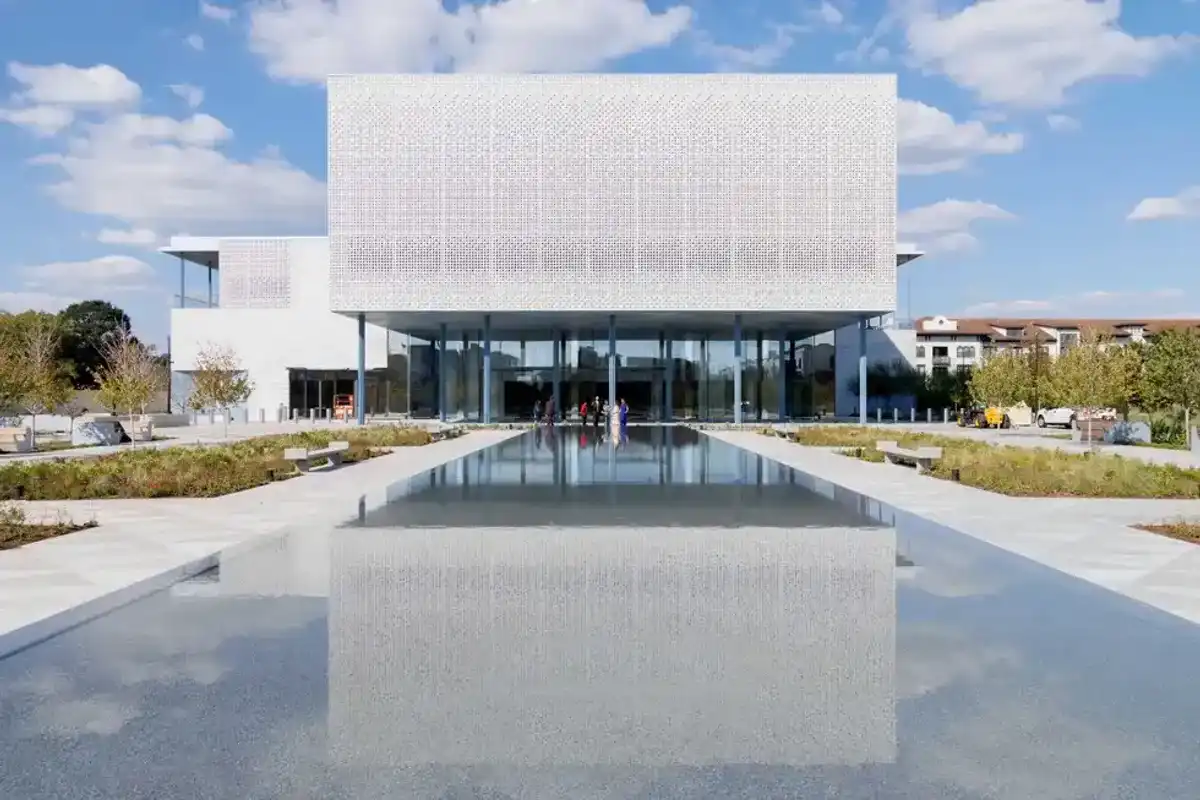Houston named semifinalist for major energy transition funding opportunity
making moves
The National Science Foundation announced 34 semifinalists for a regional innovation program that will deploy up to $160 million in federal funding over the next 10 years. Among the list of potential regions to receive this influx of capital is Houston.
The Greater Houston Partnership and the Houston Energy Transition Initiative developed the application for the NSF Regional Innovation Engine competition in collaboration with economic, civic, and educational leaders from across the city and five regional universities, including the University of Houston, The University of Texas at Austin, Texas Southern University, Rice University, and Texas A&M University.
The proposed project for Houston — called the Accelerating Carbon-Neutral Technologies and Policies for Energy Transition, or ACT, Engine — emphasizes developing sustainable and equitable opportunities for innovators and entrepreneurs while also pursuing sustainable and equitable energy access for all.
“The ACT Engine will leverage our diverse energy innovation ecosystem and talent, creating a true competitive advantage for existing and new energy companies across our region," says Jane Stricker, senior vice president of energy transition and executive director for HETI, in a statement. "Texas is leading the way in nearly every energy and energy transition solution, and this Engine can catalyze our region’s continued growth in low-carbon technology development and deployment."
If Houston's proposal is selected as a finalist, it could receive up to $160 million over 10 years. The final list of NSF Engines awards is expected this fall, and, according to a release, each awardee will initially receiving about $15 million for the first two years.
"Each of these NSF Engines semifinalists represents an emerging hub of innovation and lends their talents and resources to form the fabric of NSF's vision to create opportunities everywhere and enable innovation anywhere," NSF Director Sethuraman Panchanathan says in a news release. "These teams will spring ideas, talent, pathways and resources to create vibrant innovation ecosystems all across our nation."
The NSF selected its 34 semifinalists from 188 original applicants, and the next step for Houston is a virtual site visit that will assess competitive advantages, budget and resource plans for R&D and workforce development, and the proposed leadership’s ability to mobilize plans into action over the first two years.
"Houston is poised, like no other city, to lead the energy transition. The ACT Engine presents a remarkable opportunity to not only leverage the region's unparalleled energy resources and expertise but also harness our can-do spirit. Houston has a proven track record of embracing challenges and finding innovative solutions,” says Renu Khator, president of the University of Houston, in the statement. “Through the collaborative efforts facilitated by the ACT Engine, I am confident that we can make significant strides towards creating a sustainable future that harmonizes economic growth, environmental protection and social equity."
NSF Engines will announce awards this fall after a round of in-person interviews of finalists named in July. With Houston's track record for building thriving industry hubs in energy, health care, aerospace, and the culinary arts, the region is eager to establish the next generation of leaders and dreamers responding to some of the greatest economic and societal challenges ever seen in America.
“Our energy innovation ecosystem is inclusive, dynamic, and fast growing," says Barbara Burger, energy transition adviser and former Chevron executive, in the release. "The ACT Engine has the potential to increase the amount of innovation coming into the ecosystem and the capabilities available to scale technologies needed in the energy transition. I am confident that the members of the ecosystem — incubators, accelerators, investors, universities, and corporates — are ready for the challenge that the ACT Engine will provide."
------
This article originally ran on EnergyCapital.
- Gow Media's media platform launches to report on Houston energy transition news ›
- New report shows why now is the time for Houston to emerge as a hub for hydrogen innovation ›
- Report: Texas rises through the ranks of most innovative states ›
- Houston university granted $1.2M to expand STEM-focused initiative ›
- Trending Houston innovation news - June 23, 2023 - InnovationMap ›





 2025 Houston Innovation Awards winners revealed at annual eventThe 2025 Houston Innovation Awards winners have been revealed. Courtesy photo
2025 Houston Innovation Awards winners revealed at annual eventThe 2025 Houston Innovation Awards winners have been revealed. Courtesy photo